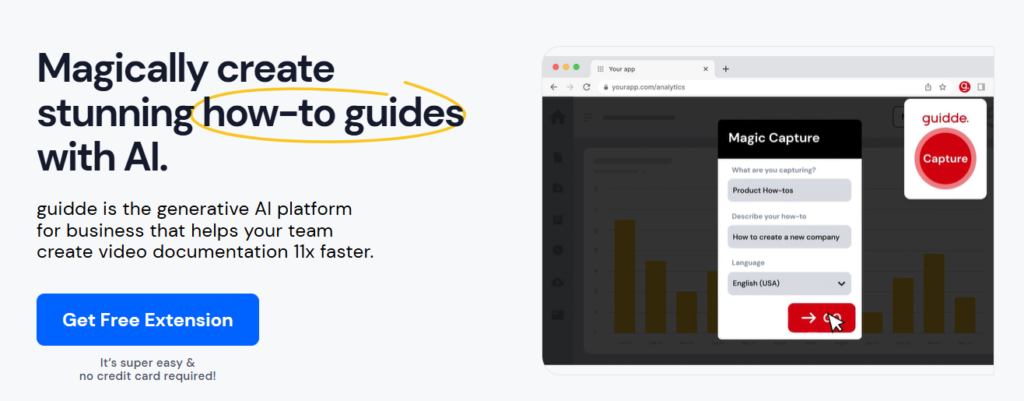In today’s digital age, having an online business system that generates income daily isn’t just a luxury—it’s a necessity for sustainable growth and financial freedom. Whether you’re a solopreneur, a small business owner, or running a thriving company, creating automated systems can help you save time, increase productivity, and most importantly, generate consistent revenue.

This guide will walk you through actionable steps to build online business systems that make money daily. It’s designed to be clear, practical, and easy to implement, even if you’re a beginner.
What Is an Online Business System?
An online business system is a combination of processes, tools, and strategies that automate key aspects of your business operations. These systems allow you to attract, convert, and retain customers while managing essential business tasks like marketing, sales, customer service, and analytics.
Think of it as setting up a digital machine that works for you 24/7—even when you’re sleeping or on vacation.
Why You Need Online Business Systems
- Scalability: Manual processes can only take you so far. Systems let you scale without overwhelming yourself or your team.
- Consistency: Systems ensure consistent results and reduce the risk of human error.
- Automation: Automating repetitive tasks frees up time to focus on growth strategies.
- Revenue Stability: With the right systems, you can ensure steady daily income streams.
Step 1: Define Your Business Goals
Before building any system, you need clarity on your goals. Ask yourself:
- What specific outcomes do I want to achieve?
- How much daily revenue am I targeting?
- Who is my ideal customer?
- What pain points does my business solve?
Write down these goals and revisit them regularly to ensure your systems align with your vision.
Step 2: Identify Revenue Streams
To make money daily, you need clear, consistent revenue streams. Here are some examples:
- Product Sales: Selling physical or digital products online.
- Subscription Models: Membership sites, SaaS tools, or recurring services.
- Affiliate Marketing: Promoting products or services and earning commissions.
- Online Courses: Teaching skills or knowledge in a specific niche.
- Consulting or Coaching: Offering personalized expertise or advice.
Choose one or more revenue streams that align with your business goals and customer needs.
Read also: 5 Free Online Courses From Harvard University to Boost Your Career
Step 3: Create a Customer Journey
A customer journey maps the path potential buyers take from discovering your business to becoming loyal customers. This journey typically includes five stages:
- Awareness: Attracting new visitors.
- Interest: Engaging them with valuable content.
- Decision: Showing how your product solves their problems.
- Purchase: Providing a seamless checkout experience.
- Retention: Building loyalty and repeat purchases.
Use tools like Google Analytics or Hotjar to track how people interact with your site and optimize their journey.
Step 4: Build Your Sales Funnel
A sales funnel is the backbone of any online business system. It’s a step-by-step process that guides potential customers toward making a purchase. Here’s how to create one:
- Lead Magnet: Offer something valuable for free (e.g., an ebook, checklist, or webinar) in exchange for email addresses.
- Email Nurturing Sequence: Use automated email campaigns to build trust and showcase your expertise. Tools like ConvertKit or Mailchimp are great for this.
- Tripwire Offer: Provide a low-cost product or service to turn leads into paying customers.
- Core Offer: Present your main product or service with a clear value proposition.
- Upsells and Cross-Sells: Suggest complementary products or services to increase revenue.
Step 5: Automate Your Marketing
Marketing automation helps you reach more people while spending less time. Here are some ways to automate your marketing:
- Social Media Scheduling: Use tools like Buffer, Hootsuite, or Later to schedule posts in advance.
- Email Marketing: Set up automated email sequences for new subscribers, cart abandonment, and post-purchase follow-ups.
- Content Repurposing: Turn blog posts into videos, infographics, or podcasts to reach different audiences.
- Ads: Run automated ad campaigns on platforms like Facebook, Instagram, and Google Ads to drive consistent traffic.
Step 6: Choose the Right Tools
The tools you use can make or break your online business systems. Here’s a list of essentials:
- Website Builder: Platforms like WordPress, Shopify, or Wix.
- Email Marketing Software: Tools like ActiveCampaign or ConvertKit.
- CRM (Customer Relationship Management): Tools like HubSpot or Zoho CRM.
- Analytics: Tools like Google Analytics, Mixpanel, or Kissmetrics.
- Payment Gateway: Options like PayPal, Stripe, or Paystack (for businesses in Africa).
Invest in tools that integrate seamlessly with each other to create a smooth workflow.
Step 7: Optimize for Conversions
Your systems should be designed to convert visitors into paying customers. Here’s how to optimize for conversions:
- Landing Pages: Create high-converting landing pages with clear CTAs (calls-to-action). Use tools like ClickFunnels or Leadpages.
- A/B Testing: Experiment with different headlines, layouts, and offers to see what works best.
- Testimonials and Reviews: Display social proof to build trust and credibility.
- Scarcity Tactics: Use limited-time offers or countdown timers to encourage quick decisions.
Step 8: Monitor and Improve
Your online business systems need regular monitoring to ensure they’re performing optimally. Track these metrics:
- Traffic: Use Google Analytics to see how many people visit your site daily.
- Conversion Rates: Measure the percentage of visitors who take desired actions (e.g., purchases, sign-ups).
- Customer Lifetime Value (CLV): Calculate how much revenue a single customer generates over their lifetime.
- Return on Investment (ROI): Ensure your systems generate more revenue than they cost.
Use this data to identify weaknesses and make improvements.
Step 9: Build Partnerships and Collaborations
Collaborations can help you reach new audiences and generate more income. Consider:
- Affiliate Partnerships: Allow others to promote your products and earn commissions.
- Joint Ventures: Collaborate with complementary businesses for co-marketing campaigns.
- Influencer Marketing: Partner with influencers in your niche to promote your brand.
Step 10: Create a Strong Customer Support System
A strong customer support system can turn first-time buyers into loyal, repeat customers. Implement:
- Chatbots: Use tools like Tidio or Zendesk Chat to provide instant support.
- FAQs: Address common questions on a dedicated FAQ page.
- Follow-Ups: Send personalized emails to check in on customer satisfaction.
Examples of Successful Online Business Systems
- Amazon: Automates everything from product recommendations to shipping logistics.
- Netflix: Uses subscription models and AI-driven recommendations to retain customers.
- Pat Flynn (Smart Passive Income): Generates daily revenue through affiliate marketing and digital products.
Final Thoughts
Building online business systems that make money daily requires planning, consistency, and the right tools. By defining your goals, automating key processes, and optimizing for conversions, you can create a system that works for you 24/7.
Start small, implement one system at a time, and gradually expand. The key is to stay focused and adaptable—because what works today might need adjustments tomorrow.
Are you ready to build your online business systems and start making money daily? Let us know your biggest takeaway or question in the comments below!

